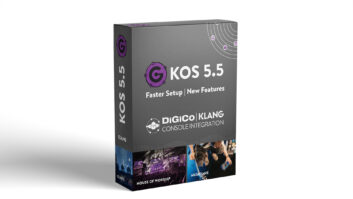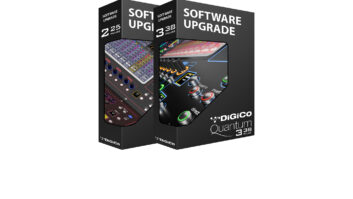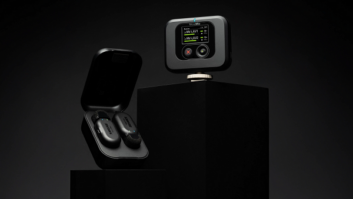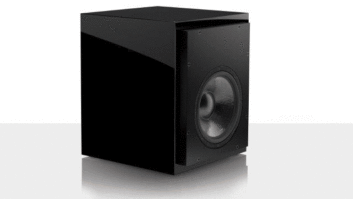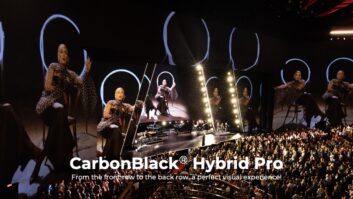A new hybrid DVD disc format capable of carrying both standard definition movies playable on current DVD players and high-definition movies playable on next-generation red-laser units was formally unveiled at the recent NAB convention.
The format, known as pHD, is currently being presented for adoption to content producers, distributors and consumer electronics manufacturers by developer Pixonics. The concept is similar to a red-laser HD DVD system called H.264 proposed by Warner Bros., which also could be enhanced with a technology proposed by Philips for dual SD and HDTV signals.
In addition to DVD, the system can be adapted for broadcasting, satellite and cable TV distribution. In those applications the system could help to deliver more data in fixed-bandwidth capacity.
The Pixonics system is being billed as a cost-effective solution to blue-laser systems for delivering HDTV movies to new-generation red-laser HD DVD players, while continuing to present standard-definition content on the same disc for current DVD machines.
The key advantage of the system is that it would eliminate the need for studios and software retailers to carry dual inventory of HD and SD titles.
The pHD system encodes a movie into two separate streams — a base stream and an enhancement stream. The company said that together the streams would provide more than 3.5 hours of both standard definition and high definition video on current dual-layer (9 gigabyte) DVD discs.
In the DVD player, pHD produces high definition video from the multiplexed base MPEG-2 stream and the pHD enhancement stream. Current-generation DVD players without pHD technology ignore the pHD enhancement stream and play back the base MPEG-2 stream in standard definition video just as with regular DVDs.
Pixonics said that to ensure backwards compatibility, pHD does not modify legacy streams, such as the standard definition MPEG-2 video streams that serve as pHD’s base streams. The existing CSS content protection scheme used with current-generation DVDs remains in place.
The pHD enhancement stream would be protected by more Digital Rights Management methods under consideration than current CSS allows.
Both the H.264 solutions and proposed blue laser formats for DVD-like discs would abandon CSS as the scrambling tool, Pixonics said.
The base stream is high-quality, but standard definition MPEG-2 typically averaging 6 Mbps. The pHD enhancement layer averages an additional 1.5 Mbps, and enables display of 1080p high definition video.
The following is an interview from NAB with Paul Culberg, Pixonics CEO and one-time COO of Columbia Tri-Star, about plans for the new format.
TWICE: Who are you targeting in bringing this to market?
Culberg: We are targeting the studios. All of the majors and the mini-majors whom we have spoken to on two levels: the technology and business levels. There are currently only two studios whose business people have not seen the demo, but all of the studios have either delivered or promised to deliver clips for us to encode for proof of performance.
TWICE: Warner Bros. has announced interest in using a similar red-laser HD DVD system called H.264. Do you expect to be able to work with them?
Culberg: I will work with them in any manner that is viable for both us. I have met with their scientists, and they were given a demo even before I joined the company. We have not yet sat down with the senior business managers, but expect to do that shortly after NAB.
TWICE: Could the H.264 and Pixonics systems be combined into a best-of-class solution?
Culberg: Yes. We are members of the DVD Forum. One of things that Pixonics presents as an advantage is that it is backward-compatible.
TWICE: What about CE manufacturers?
Culberg: We are in conversations with several companies, as well as many of the chip manufacturers. It is possible we will see something in ’04. We are far enough along to bring it to market.
TWICE: Why are you publicly disclosing this at the NAB Convention?
Culberg: This is a technology that is delivery agnostic. It is not just a DVD disc technology. It works for terrestrial broadcast and all other delivery systems for content. Our goal is to expand the awareness for broader buy-in. The benefit for the broadcast industry is that our system would reduce the amount of bandwidth necessary to produce a higher resolution product.
TWICE: Will Pixonics promote its technology and brand to the general public?
Culberg: We are an IP licensing company and our goal is to be transparent.






